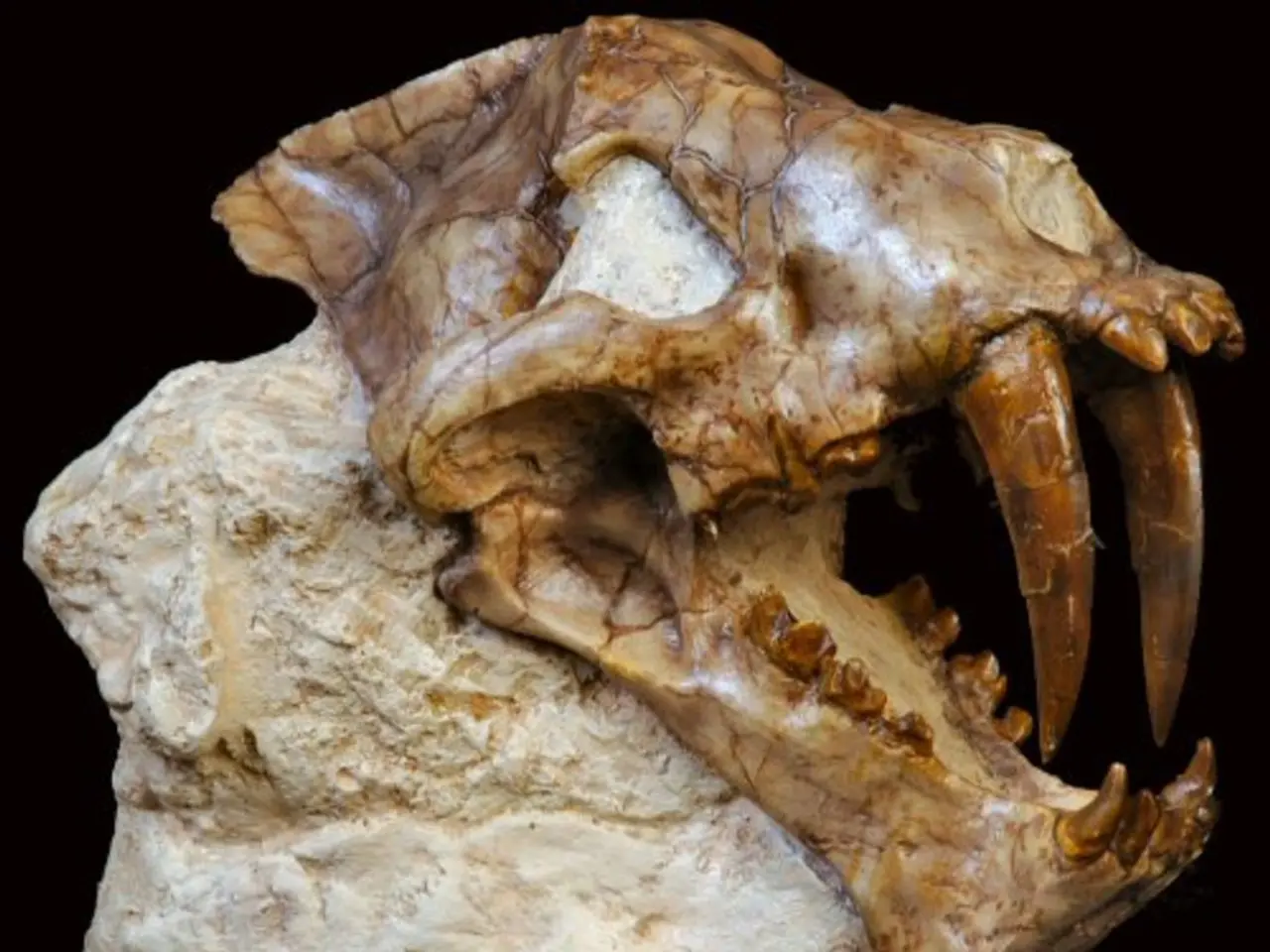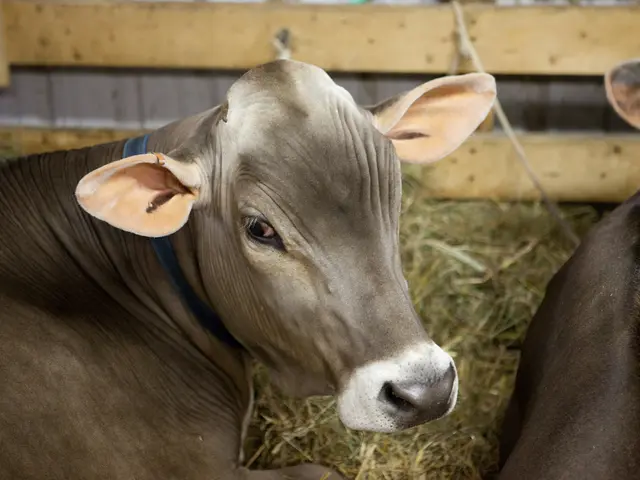Discovered fossils potentially represent early ancestors of bath sponges, setting a new record for the oldest fossilized animal species ever uncovered.
In a groundbreaking discovery, a team of scientists has suggested that fossilised mesh-like structures found in an ancient reef in northwest Canada could be 890-million-year-old sponges. If confirmed, this finding would predate the earliest undisputed fossils of any animal by more than 300 million years.
The study, published in the journal Nature, was conducted by Elizabeth Turner, a field geologist at Ontario's Laurentian University. The research proposes that the Little Dal fossils, found tucked in the nooks and crannies of a towering Little Dal reef, could be keratosan sponges.
The association of these sponges with the microbial reefs would make sense, as the photosynthetic microbes would have spit out oxygen that the sponges could have used. However, the challenge of identifying ancient sponges compared to other animals is due to the lack of distinctive features like boney parts.
When fossilised, the layered microbial structures are known as stromatolites. The use of geochemical tracers for early life, known as biomarkers, became a common way to identify possible creatures. However, much of the supposed evidence for early life has turned out to be false, with some biomarkers likely due to contamination and other chemical traces not being surefire signs of animals.
Keyron Hickman-Lewis, a geobiologist specialising in ancient microbes at London's Natural History Museum, has expressed interest in the findings. Abiotic, or nonliving, chemical processes can also form structures that look surprisingly similar to life. Therefore, further analysis, such as creating three-dimensional models of the tube network, is necessary to resolve the debate about the identity of the Little Dal fossils.
Rachel Wood, a carbonate geologist at the University of Edinburgh, is skeptical about the claim that the Little Dal mesh networks are sponges, emphasising the need to explore and disprove all other possibilities. Robert Riding of the University of Tennessee, Knoxville, recently published a study documenting similar fossils associated with a roughly 485-million-year-old stromatolite in New York.
This discovery could revolutionise our understanding of the early evolution of life on Earth. The architects of this ancient structure were cyanobacteria, the first organisms to produce oxygen through photosynthesis. These findings highlight the importance of continued research into the origins of life and the role of microorganisms in shaping our planet's history.
Read also:
- Understanding Hemorrhagic Gastroenteritis: Key Facts
- Stopping Osteoporosis Treatment: Timeline Considerations
- Tobacco industry's suggested changes on a legislative modification are disregarded by health journalists
- Expanded Community Health Involvement by CK Birla Hospitals, Jaipur, Maintained Through Consistent Outreach Programs Across Rajasthan








